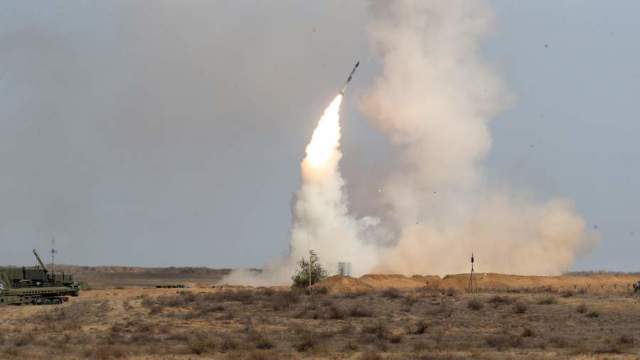The statement by Russian Defense Minister Sergei Shoigu on the creation of the newest S-550 anti-aircraft missile system (SAM) has had an incredible effect in the West. This was reported in The National Interest on Friday, November 19.
Military expert and author of the blog War Is Boring Sebastien Roblin is confident that, in the event of a hypothetical conflict with the United States, Russia will have a serious advantage in the form of the latest developments. He also recalled the words of the head of Rostec State Corporation Sergey Chemezov that the S-550 is designed to detect and intercept ballistic missiles at a greater distance than the S-500 Prometheus.
According to Roblin's assumption, the S-550 will become a mobile system specializing in strategic defense and the destruction of intercontinental ballistic missiles. The mentioned protection against "space attack" may mean the interception of spacecraft in near-Earth orbit. Thus, the X-37 spaceplane, the pride of the American military, may also be under threat.
"The main thing is that mobile platforms are more difficult to detect and destroy with the help of stealth aircraft and cruise missiles, which will certainly try to suppress the Russian air defense system in the event of an intense conflict with the United States," the article says.
On November 14, the head of Rostec, Sergey Chemezov, said that the main differences between the S-550 SAM and previous models of such systems are "the range of the missile with the ability to intercept any targets" and a longer detection range. It is known that the first S-550 system will be put into service in the Russian army until 2025.
The S-550 complex is developed on the basis of the S-500. On September 16, Deputy Prime Minister of the Russian Federation Yuri Borisov reported on the receipt of S-500 Prometheus anti-aircraft missile systems in the Russian Armed Forces after state tests.
The S-500 Prometheus (ROC Triumfator-M) is a long-range and high-altitude interception complex with a high missile defense potential capable of intercepting ballistic missiles. The system strikes not only ballistic, but also aerodynamic targets and cruise missiles within a radius of about 600 km.

